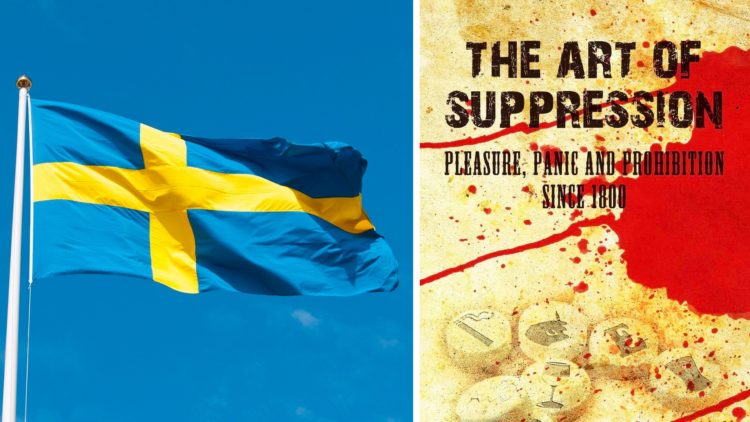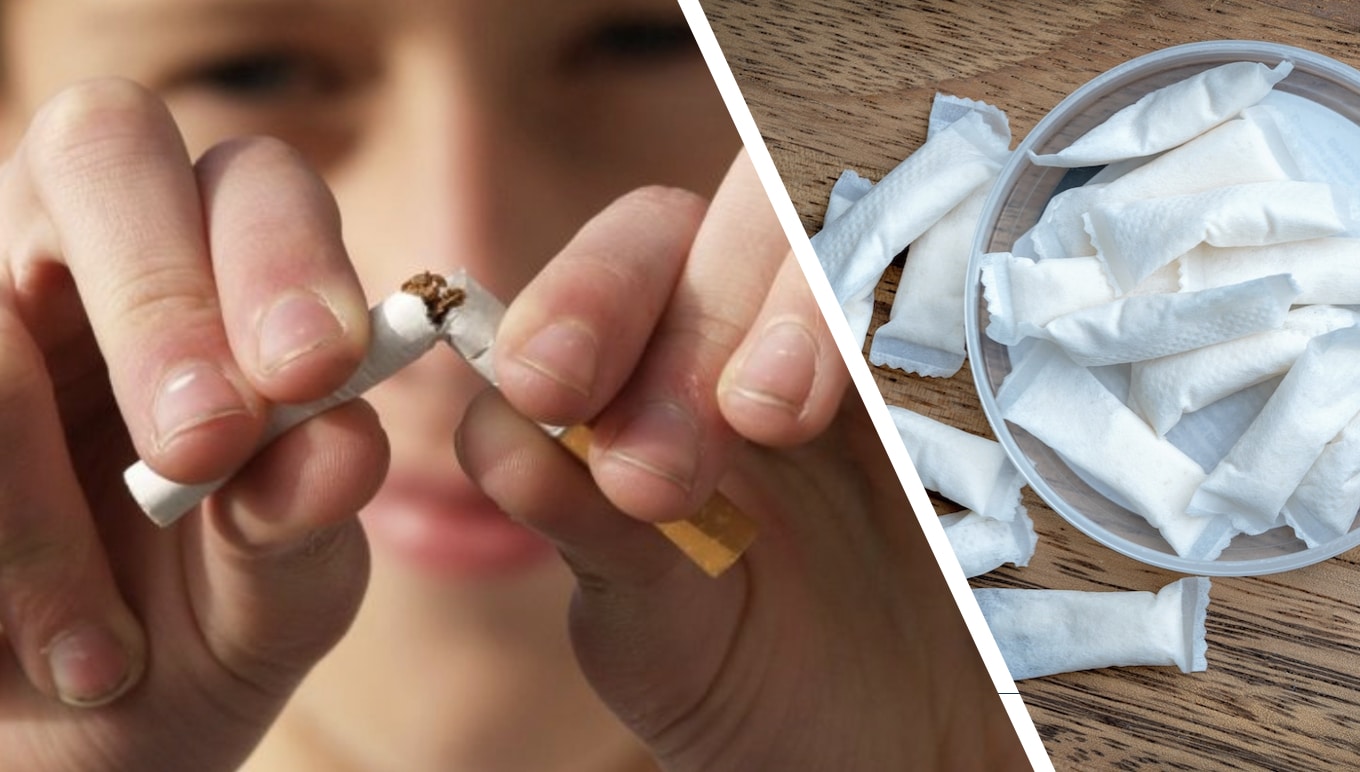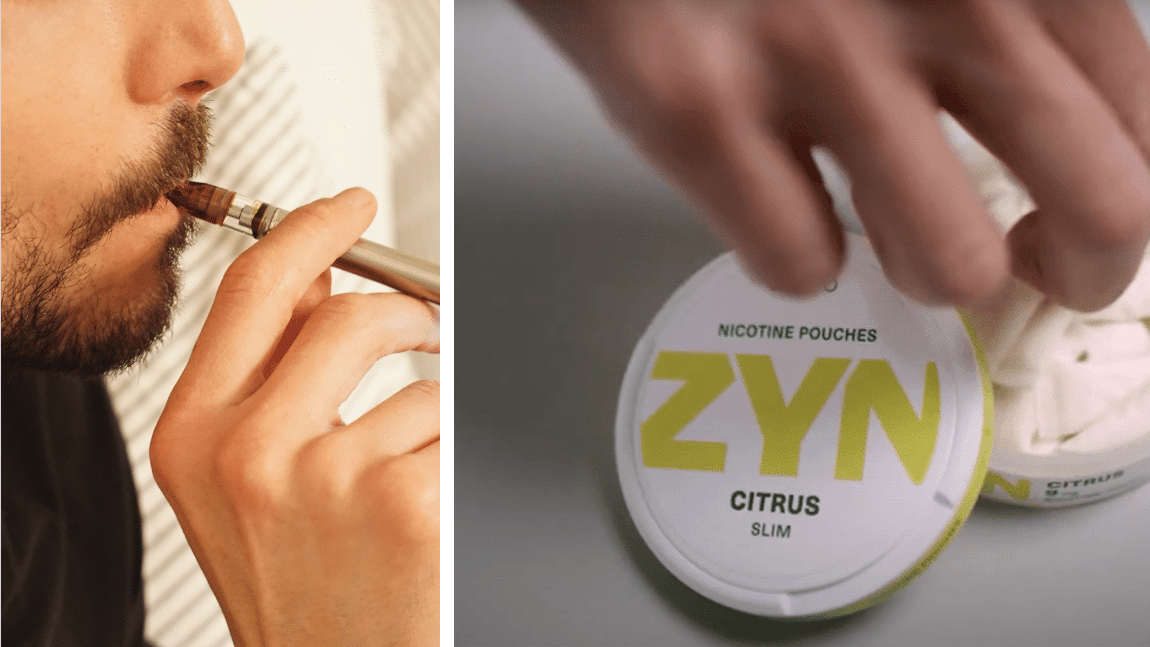
Snus and the Art of Suppression: Part 3 – Harm reduction
Why is snus banned in the European Union? How did it happen? Snusforumet, in partnership with author and commentator Christopher Snowdon, brings you the inside story behind one of the EU’s more confounding policies.
For the next several weeks, Snusforumet is publishing excerpts from the story behind the EU snus ban as written in The Art of Suppression: Pleasure, Panic and Prohibition since 1800, a 2011 book written by Christopher Snowdon.
However, Snusforumet subscribers get instant access to the whole story. Click here to subscribe to Snusforumet and get the entire chapter on snus from The Art of Suppression emailed straight to your inbox.
Part 3 – Harm reduction
If, as was by now apparent, the use of moist snuff did not cause disease, the prohibition of snus was not merely arbitrary, it was perversely counter-productive. Estimates varied, but it was certain that many smokers would switch to snus if given the chance, with all the reduction in lung cancer and heart disease that would accompany it.
This was not wishful thinking. Sweden was living proof. In 1976, its male smoking rate had been an unexceptional 40%. Thereafter, snus consumption more than doubled as the hazards of smoking became widely acknowledged. By the end of the century, Sweden’s smoking rate was the lowest in Europe. In 2002, the proportion of men who smoked was just 15%. A third of male ex-smokers had used snus as a cessation aid and Sweden was almost unique in having a smoking rate that was higher for women than for men (snus had traditionally been seen as a masculine product and was mainly used by men).
Confirmation that snus had played a key role in Sweden’s plummeting smoking rate came from the North of the country where resistance to the EU’s ban had been so vociferous in 1994. There, snus use was extremely common and only one in 10 men smoked, falling to just one in 33 men in the 25-34 year age group. No other European country had smoking rates that were anywhere near as low as this. Consequently, Sweden had roughly half the tobacco-related mortality of other EU countries, despite consuming the same quantity of tobacco.
Strangely, neither the snus manufacturers nor the Swedish medical establishment had noticed the spontaneous experiment in harm reduction that was going on in their backyard. Instead, it was the oral pathologist Brad Rodu, working in the United States, who first observed and documented the ‘Swedish experience ’in a series of seminal studies beginning in 2002. As the work of Rodu and others filtered through the academic journals, those who worked in public health began to debate whether the Swedish experience could, or should, be exported to other countries.
In 2001, Clive Bates, the director of Action on Smoking and Health (UK), raised the issue of harm reduction on the worldwide tobacco control forum Globalink. Referring to a recent article in the New Scientist, he wrote…
To continue reading, subscribe to Snusforumet
By subscribing to our newsletter, you agree to allowing Snusforumet to use your email address to contact you with news and marketing. materials. Read more about how we process your personal information in our privacy policy.




